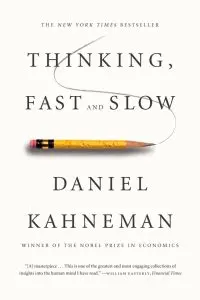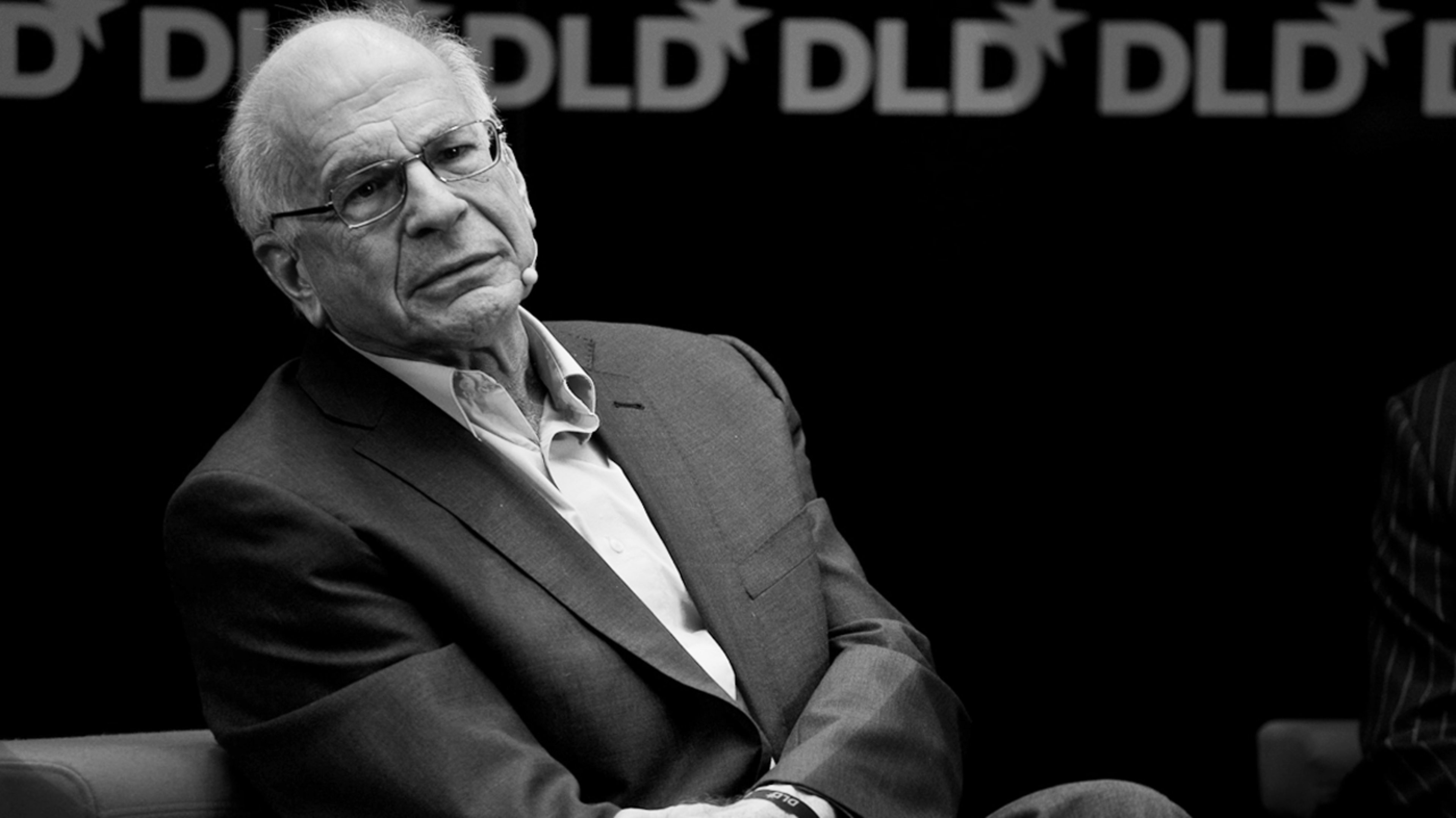Daniel Kahneman may be the most revered and well-known behavioral scientist on the planet, and for good reason. In 2002, he won the Nobel Prize in Economic Sciences for discovering that the way a choice is framed shapes how it is perceived and whether it will be acted on. For instance, in one of Kahneman’s legendary research studies, people were given the following scenario:
Imagine that there is an outbreak of a deadly disease that will kill 600 people and you must choose between the following two options for combatting it.
- Option 1: Guarantees that 200 people will live.
- Option 2: Provides a one-third probability that all 600 people will live, but it also comes with a 1/3 probability that no one will survive.
Most participants choose Option 1. Yet, if you think through the choices, you can see that the probabilities of each are identical. The difference is how the options are framed. Kahneman found when two equal options are presented, the one that is framed to emphasize loss is more likely to be rejected.
Kahneman’s findings inspired scientists to conduct further research into framing. Their studies discovered that framing affects decisions, even those presumed unlikely to be swayed. For example, frames have been shown to increase receptiveness to a political message, affect how much energy homeowners consume, and even determine whether people donate their organs.
In his book Thinking, Fast and Slow, Kahneman summarized the impact of frames: “Unless there is an obvious reason to do otherwise, most of us passively accept decision problems as they are framed and therefore rarely have an opportunity to discover the extent to which our preferences are frame-bound rather than reality-bound.”
Two frames to consider

So how can this research be put into practice? To put it simply: If you frame scenarios certain ways, you can become more persuasive—both when speaking to others and when trying to motivate yourself. Consider the two frames Kahneman used in his experiment about the deadly disease: the loss-aversion frame (Option 2) and what I’ve been calling the positive-outcome frame (Option 1).
Positive-outcome frames are very persuasive because they focus others on the benefits they’ll experience by embracing your recommendation. Research suggests that when your argument is strong, this is the sort of frame you’ll want to use. Why? These frames are more likely to be thought through, in comparison to loss-framed messages, which evoke a stronger emotional response. The persuasive clout of positive-outcome frames was evident when researchers found that doctors were more likely to recommend a treatment when it was presented as having a 90% survival rate than when told it had a 10% mortality rate.
The second frame you’ll need to understand is loss aversion. Research across numerous scientific disciplines has shown that our brains don’t like to lose something. In fact, when neuroscientists evaluated how our brains perceive losses, they discovered losses have twice the emotional impact of equivalent gains. This is what business leader Ed Mylett found when his doctor confronted him about his need to adopt a healthier lifestyle to improve his heart health. The doctor used a loss-aversion frame by stating that if Mylett continued on his current path he wouldn’t be alive to walk his daughter down the aisle on her wedding day. Mylett says this conversation changed his life and prompted him to begin daily exercise.
How to use frames
After I realized the power of frames, I began a three-year internal research study at my firm, looking at relevant academic literature and testing the frames in different real-world business scenarios. Through this process I identified a key fact about how to use frames effectively: One is generally not enough. Frames have a compounding effect, which means you’ll be more successful influencing someone if you use at least two frames back-to-back.
In other words, if you are trying to convince someone of something, sharing a frame that deals with loss aversion is good but will rarely nudge them to embrace your perspective. To do that you’ll need to share a second frame focused on positive outcomes.
Let’s say you’re trying to convince a potential client that the price of the product your company provides is fair. You can first share the positive outcomes that other clients have had from your product, which far outweigh the cost. Then you can follow up by sharing the potential losses that those who haven’t invested in your product often experience.
How can you use frames to improve your own performance? All of us have felt anxious before an important business meeting or job interview, or when preparing to speak in public. Though the natural tendency when faced with pre-performance anxiety is to try to calm yourself down, behavioral scientist Alison Wood Brooks found that reframing anxiety as excitement boosts self-confidence and improves performance.
So, the next time you find yourself feeling pre-performance anxiety, you’ll be much more likely to shake yourself free if you deploy two frames back-to-back, such as:
- Frame 1: “I am excited. I’ve spoken in public before and it went wonderfully.”
- Frame 2: “If I don’t take advantage of this opportunity, I’ll regret it.”
The scientific evidence shows frames shape perception and predictably sway human behavior. By using both positive-outcome and loss-aversion frames and deploying at least two frames, you’ll find your ability to influence yourself and others will grow.
Recognize your brand’s excellence by applying to this year’s Brands That Matter Awards before the early-rate deadline, May 3.
